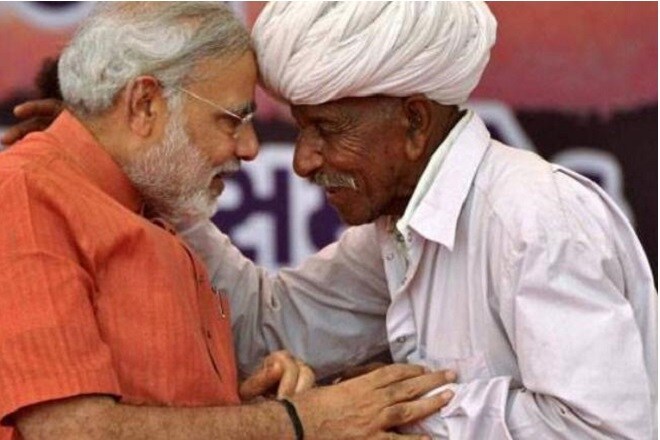Lok Sabha Election 2019: Prime Minister Narendra Modi has invested lot of funds and energy in the rural employment guarantee programme (MNREGA) during the last five years after being a fierce critic of the UPA scheme. While average wage days per households have been increased by over 22% in the last five years, more significantly, average wage per day per person has gone up by nearly one fourth during the same period. However, it is not clear whether this scheme will help him win the rural votes that he needs to win a second term for himself.
The scheme is electorally important as over 13% of the total 90 crore voters in the country are listed in the scheme as active workers, and 8 crore of them have active job cards as per the latest official data.
The scheme is implemented in over 2.62 lakh Gram Panchayats in 691 districts of the country. Under the Prime Minister Modi, the government has consistently brought down the number of Village Panchayats with nil expenditure under the scheme from close to 40,000 in 2014-15 to little over 10,000 in 2018-19.
Rural distress and farmer’s anger was considered one of the main reasons behind Bharatiay Janata Party’s poor performance in three Hindi heartland states last year. Rural distress was also considered one of the factors for the party’s less than expected performance in 2017 assembly elections in Prime Minister Narendra Modi’s home state Gujarat in 2017.
NREGA scheme also falls into the six most favourite schemes of Prime Minister Modi that are officially called core of the core schemes in union budget. Given the importance of the scheme in alleviating the rural distress, the government increased the allocation for MNREGA from Rs 55,000 crore in 2018-19 to Rs 60,000 crore in this year’s interim budget.


